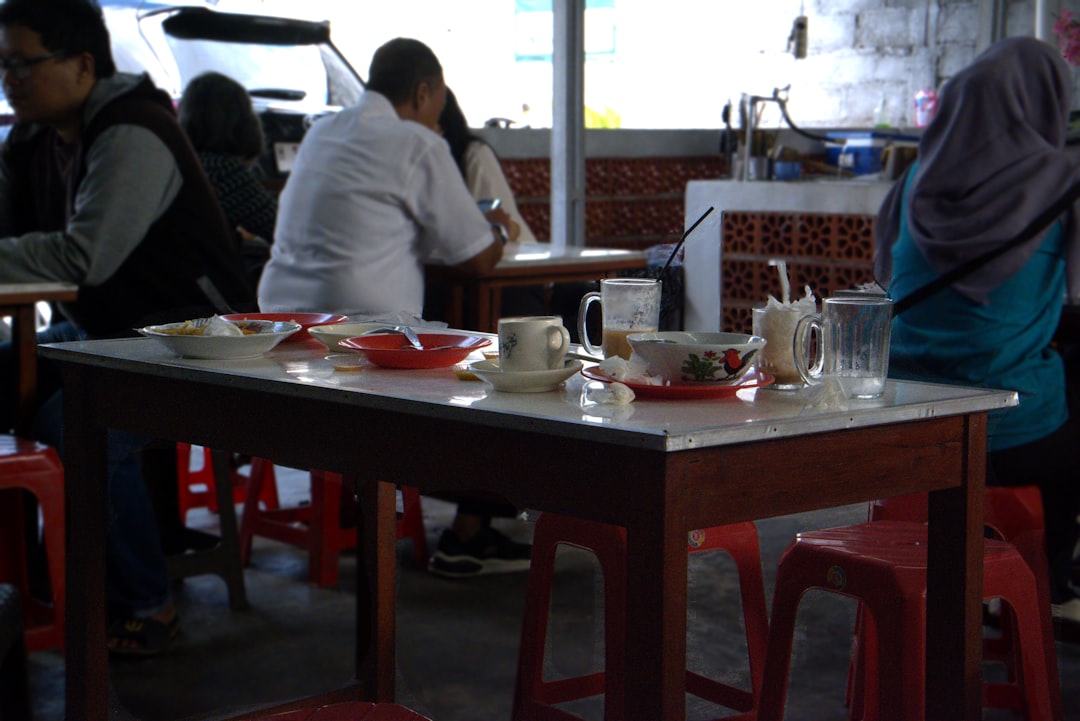Ever wondered what your diners really think about your restaurant? Customer satisfaction surveys are your secret weapon for uncovering the truth. They provide direct insights into guest experiences that can transform your restaurant operations and boost your bottom line.

Picture this: A customer has a disappointing experience but never tells you directly. Instead, they tell ten friends and post a scathing review online. That single unheard complaint just cost you multiple potential customers. Surveys create the feedback channel you need before small issues become revenue-draining problems.
Customer feedback isn't just nice to have—it's essential for restaurant growth. When diners share their honest opinions about your food, service, and ambiance, they're giving you a roadmap for improvement.
Poor customer experiences often lead to restaurants losing money through decreased repeat visits and negative word-of-mouth. Surveys help you identify these issues before they impact your revenue.
As one restaurant operator put it: "We thought our new menu was a hit until surveys revealed customers found the portions too small. Making that simple adjustment increased our repeat business by 22%."
According to research, the ideal survey should take no more than 5-10 minutes to complete and contain 10-15 questions maximum. Studies from Fishbowl show that longer surveys dramatically reduce completion rates—for every question you add beyond 10, response rates drop approximately 7%.
Think of surveys like appetizers, not main courses—they should whet the appetite for engagement without overwhelming your customers.
Effective restaurant surveys typically cover:
According to restaurant feedback experts at Zonka Feedback, digital surveys typically generate higher response rates than traditional paper methods. Options include:
The most successful restaurants integrate these methods within their existing workflows. For example, Chili's introduced tableside tablets for surveys and saw feedback rates triple while simultaneously increasing dessert orders by 20%.
For restaurants with delivery or takeout options, in-app surveys are highly effective. These can be triggered at key moments:
According to research from Olo, in-app surveys can be personalized based on the specific items ordered, creating more relevant feedback. A customer who ordered soup might receive questions about temperature and consistency, while someone who ordered a steak might be asked about cooking preference accuracy.
Collecting feedback is only half the battle. The real value comes from analysis and implementation:
Restaurants that fail to act on feedback often experience operational inefficiencies that contribute to hidden financial losses through missed opportunities for improvement.
Consider creating a "feedback loop" meeting with your team each week. One restaurant owner in Chicago implemented this practice and discovered that a 15-minute weekly review of survey highlights led to a 30% reduction in customer complaints within three months.
Low response rates can limit the value of your surveys. Try these proven tactics:
A Dallas-based restaurant group found that offering a $5 credit toward the next visit increased survey completion rates from 8% to 31%—providing five times more valuable feedback while driving return visits.
The most damaging mistake? Collecting feedback and then doing nothing with it. According to customer satisfaction research, customers who provide feedback and see no changes are 60% more likely to take their business elsewhere than those who never provided feedback at all.
Modern restaurant management platforms can streamline the survey process by:
This integration eliminates the data fragmentation that often leads to restaurant loss through missed insights and delayed responses.
For example, a survey response indicating slow service on Tuesday evenings becomes much more actionable when your system can automatically correlate it with staffing levels, order volume, and kitchen throughput for that specific time period.
Customer satisfaction surveys aren't just about collecting opinions—they're about creating a continuous improvement cycle that enhances guest experiences and drives profitability.
By implementing a strategic survey system, you'll gain the insights needed to refine your menu, improve service, optimize operations, and ultimately create the kind of dining experience that keeps customers coming back.

Start with a simple survey today. Your customers are waiting to share their thoughts—and your restaurant's future success depends on hearing them. The most valuable menu item you'll ever create might just be your feedback form.
